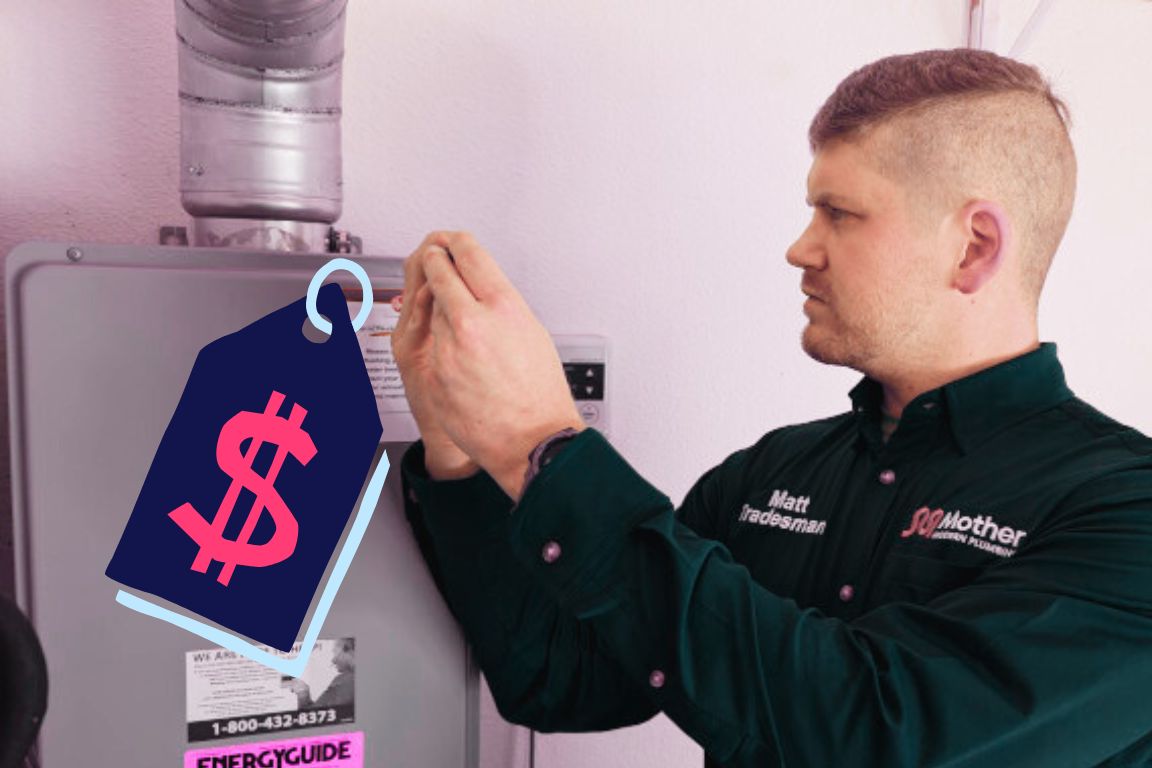Fast Plumbing Answers: Your House Sewer Line Diagram

table of contents
table of contents
There’s an issue in your sewer line, and you’re not sure where it is. Maybe you aren’t sure where your sewer line connects to the city main. Or perhaps you just want a clearer picture of how your system works with a handy house sewer line diagram.
Don’t worry: we’ll answer all your questions in 2 minutes or less.
We’re Mother, a Dallas-Fort Worth plumbing company that provides dependable, hassle-free modern plumbing for homeowners who value quality. If you need fast sewer line repair, replacement, or a non-invasive sewer camera inspection, call us for prompt, expert service.
{{sewer-line-repair-and-replacement="/services/sewer-line-repair-and-replacement"}}
The Fast Answer: A Common House Sewer Line Diagram
Here’s a handy diagram of how most home sewer lines are laid out:
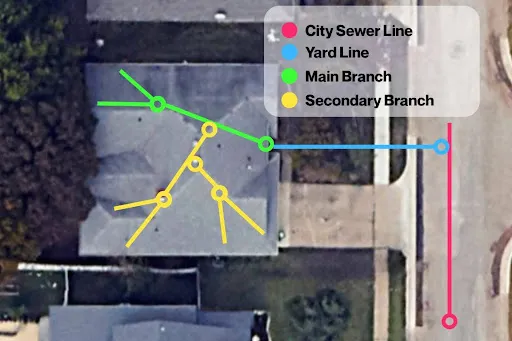
This residential sewer system consists of 5 main sections:
- The city sewer line, and its connection to your sewer pipe
- The yard line (the underground sewer pipe in your yard)
- The sewer cleanout
- The main indoor sewer line branch
- Secondary indoor sewer branches
City Sewer Line and Connection to Your Yard Sewer Line
This is the main public sewer pipe, typically located under the street. Your property connects to this line via a smaller pipe in your yard.
The connection point is usually near the property line or within the street right-of-way. This is where all wastewater from your home eventually flows into the municipal system.
Yard Line (Underground Buried Sewer Pipe from Street to Your Home)
The yard line, also known as the private sewer lateral, is the underground pipe that runs from your property line and connects your home's plumbing system to the city's main sewer line.
It's a critical part of your drainage system that is buried several feet below ground. In most cases, the private sewer line is the homeowner’s responsibility to repair and maintain.
Sewer Cleanout
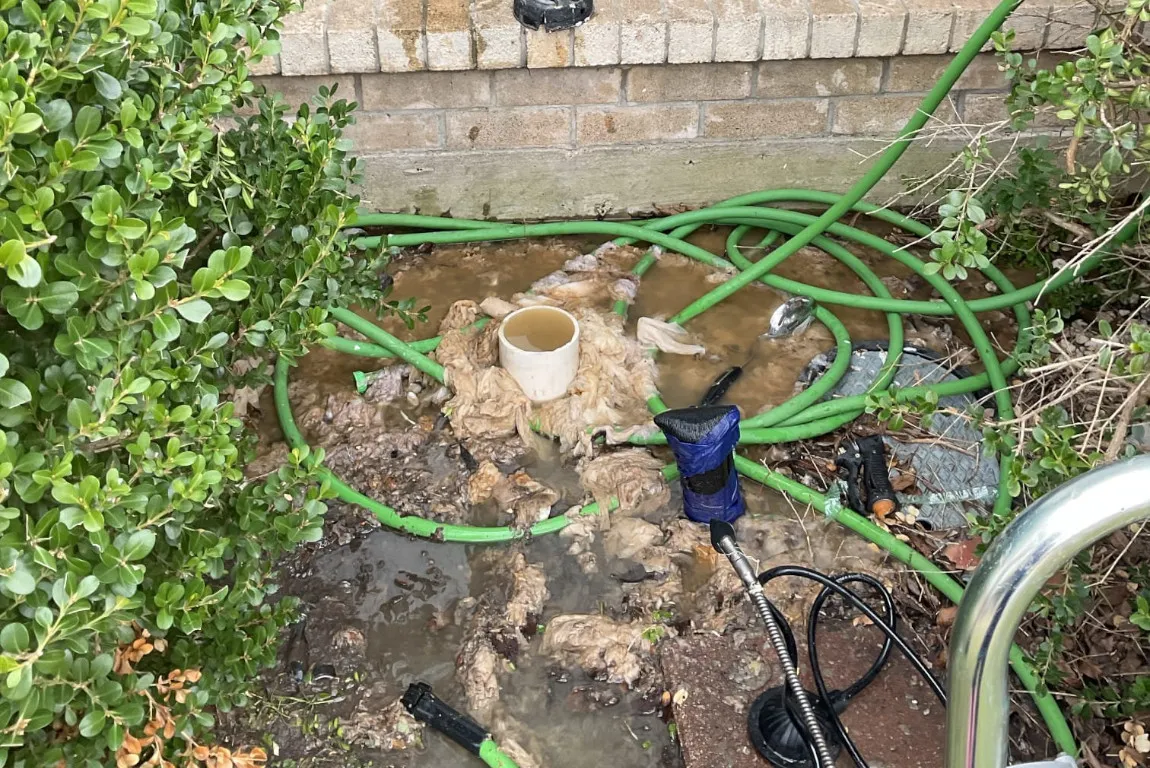
Your sewer line cleanout is found in one of 3 locations:
- Indoors: Garage, basement, or utilities area
- Outdoors, above ground: Several inches above ground level near the property line or your foundation — look for a capped pipe
- Outdoors, ground level: Flush with the ground, covered by a small box or lid
The cleanout pipe has a removable plug or cap for access to the sewer line. It’s a pivotal point in your home’s sewer system used for clearing blockages, cleaning and maintenance.
{{sewer-line-cleanout-dallas-homeowner-guide="/blogs/sewer-line-cleanout-dallas-homeowner-guide"}}
Main Indoor Sewer Line Branch
This is the primary drain pipe inside your house that collects wastewater from all your plumbing fixtures – toilets, showers, sinks, and appliances. It's typically a larger diameter pipe that runs horizontally in your basement, crawl space, or slab foundation before exiting the house and connecting to the yard line.
Modern primary drain pipes are made from PVC materials. Older drain pipes with clay, cast iron or Orangeburg pipe materials are outdated and at greater risk of damage, cracks or collapse.
Secondary Indoor Sewer Line Branches
These are smaller drain pipes that connect individual plumbing fixtures or groups of fixtures to the main indoor sewer line branch.
You'll find these branching off the main line throughout your home, carrying wastewater from specific areas like bathrooms, kitchens, and laundry rooms to the main drain.
Common DFW Sewer Line Issues - And Where You’ll Find Them
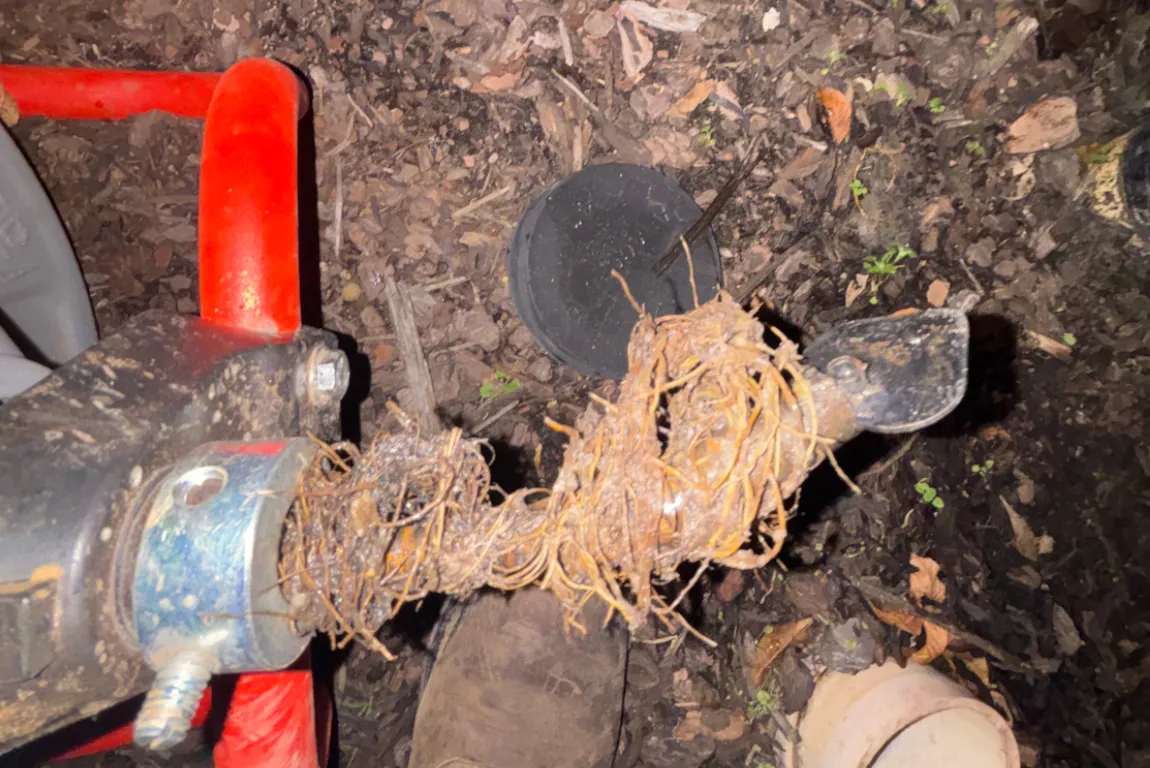
You’re likely looking up a diagram of your home sewer system because there’s an issue somewhere in your drains and pipes.
Let’s save you a bit of hassle — here are the 6 most common sewer repair issues in Dallas-Fort Worth, and where you’re most likely to find the root cause of the problem.
Sewer Line Clog
A sewer line clog is most likely to occur in the yard line or the main indoor sewer line branch, especially at bends and transitions. Symptoms include slow draining in multiple fixtures, gurgling sounds from drains, and foul odors emanating from drains.
Main Drain Clog
A main drain clog happens in the main indoor sewer line branch. Symptoms include sewage backing up in multiple drains simultaneously, especially in low-lying areas like basement floor drains or showers. Toilets may also bubble or overflow.
Tree Root Intrusion
Tree root intrusion typically occurs in the yard line at pipe joints or cracks. Symptoms include slow draining that gradually worsens, frequent clogs, and potentially sewage backups.
{{fast-plumbing-answers-signs-of-roots-in-pipes="/blogs/fast-plumbing-answers-signs-of-roots-in-pipes"}}
Sewage Backup in House
Sewage backup in the house indicates a blockage in the main indoor sewer line branch or the yard line. The lowest drains in your home, such as basement floor drains, showers, and toilets, will be the first to experience the backup.
Sewer Bellies
Sewer bellies, or low spots in the pipe, are most common in the yard line. Symptoms include chronic slow draining and frequent clogs in multiple fixtures, as solids can settle and accumulate in the sag.
{{belly-in-the-sewer-line-texas="/blogs/belly-in-the-sewer-line-texas"}}
Blocked Sewer Vent
Trick question: this issue isn’t in your home’s sewer system at all. A blocked sewer vent is located on the roof of your house. Symptoms include slow draining fixtures throughout the house and gurgling sounds in the plumbing system. You might also notice a persistent sewer gas odor inside your home.
You Know Your Home Sewer Layout. Here’s What to Do Next
You’ve mastered our helpful house sewer line diagram. You know how the city line connects to your private sewer pipe, and how that’s hooked up to the branch lines in your home.
If there’s a problem in any part of your residential sewer system, it’s not a DIY repair job.
Working on your own sewer pipes is a recipe for disaster. We recently visited a house where the homeowner tried patching his own buried sewer line — he called us for emergency service because the old cast iron pipe burst during his efforts.
The value of understanding how your sewer line works
It’s still valuable to know how your home’s sewer system is laid out and where key sections ought to be.
Walk into your plumbing inspection or service call with a clear understanding of where your issue is located, and you’ll save valuable time (and maybe a few bucks, too).
How to use this information to your advantage
Ask your plumbing contractor to show you precisely where your sewer repair issues exist on your diagram. Use this knowledge to inform the right repair solution for the job.
These are the 5 most common types of sewer repair solutions:
- Spot repairs
- Partial sewer line replacements
- Complete sewer line replacements
- Pipe lining
- Rerouting
We cover the pros, cons, and what to expect from each type of repair in our comprehensive guide — take a deeper dive!
{{best-dallas-sewer-repair-options="/blogs/best-dallas-sewer-repair-options"}}
DFW Sewer Line Issue? Don’t Wait — Call Mother
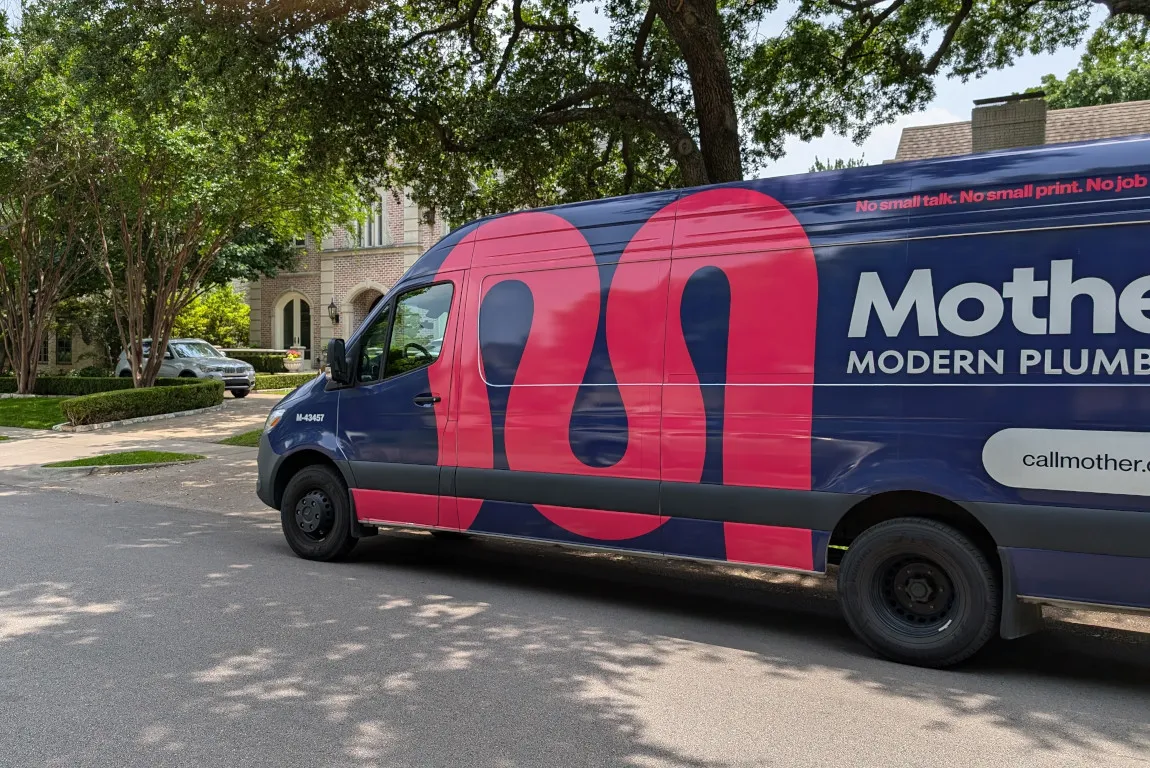
Time is your worst enemy if you suspect a sewer line clog, leak or break. The longer you wait to call a plumbing expert, the larger the backup or crack becomes.
Act now, and spare yourself from the discomfort of sewage backups in your home, rotten smells in your backyard and drains, or a full sewer line collapse underground.
Benefit from Mother’s advanced sewer line camera inspection services — we have a perfect 5 star rating in Dallas-Fort Worth. We’ll locate the issue with pinpoint accuracy, with no digging or excavation in your backyard.
Then, our local plumbing experts provide the best course of action for clog removal, sewer line repair or replacement.
You learned your home’s sewer line diagram. Now, get back your peace of mind.
{{sewer-line-repair-and-replacement="/services/sewer-line-repair-and-replacement"}}


